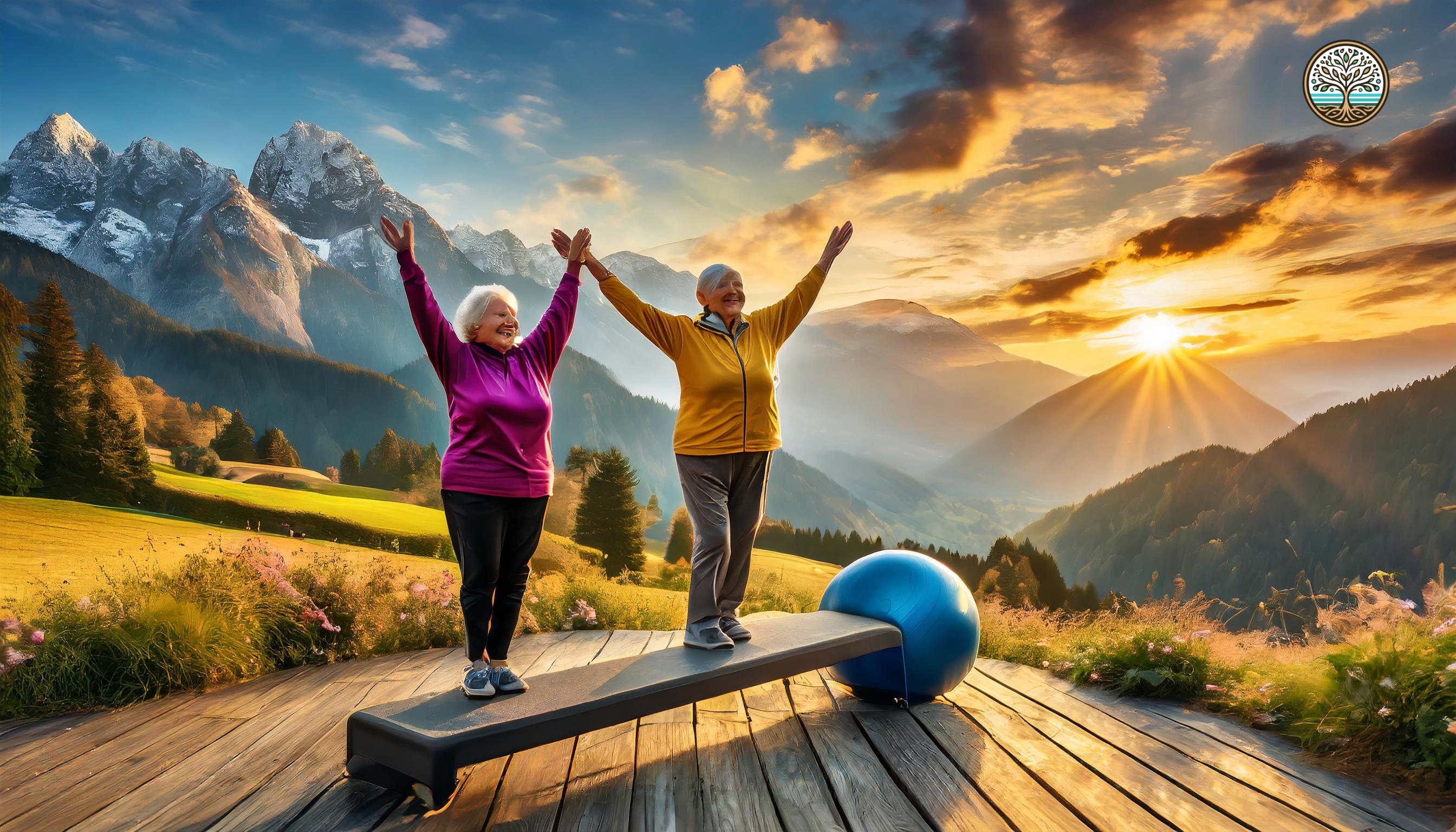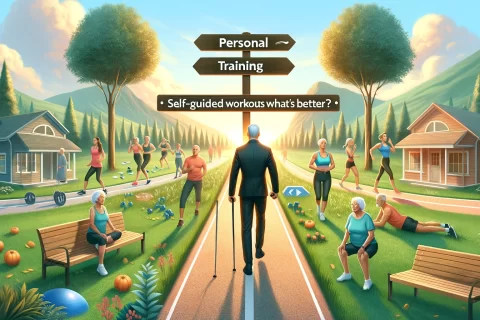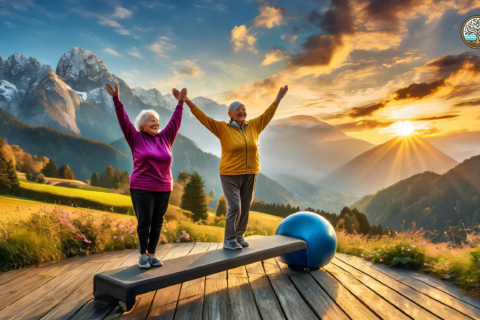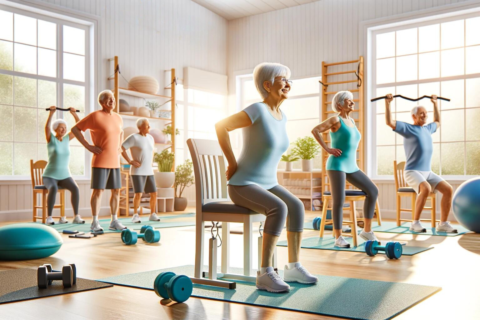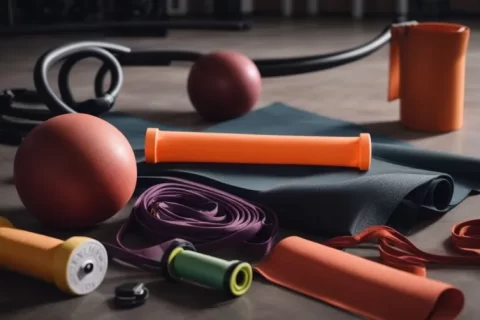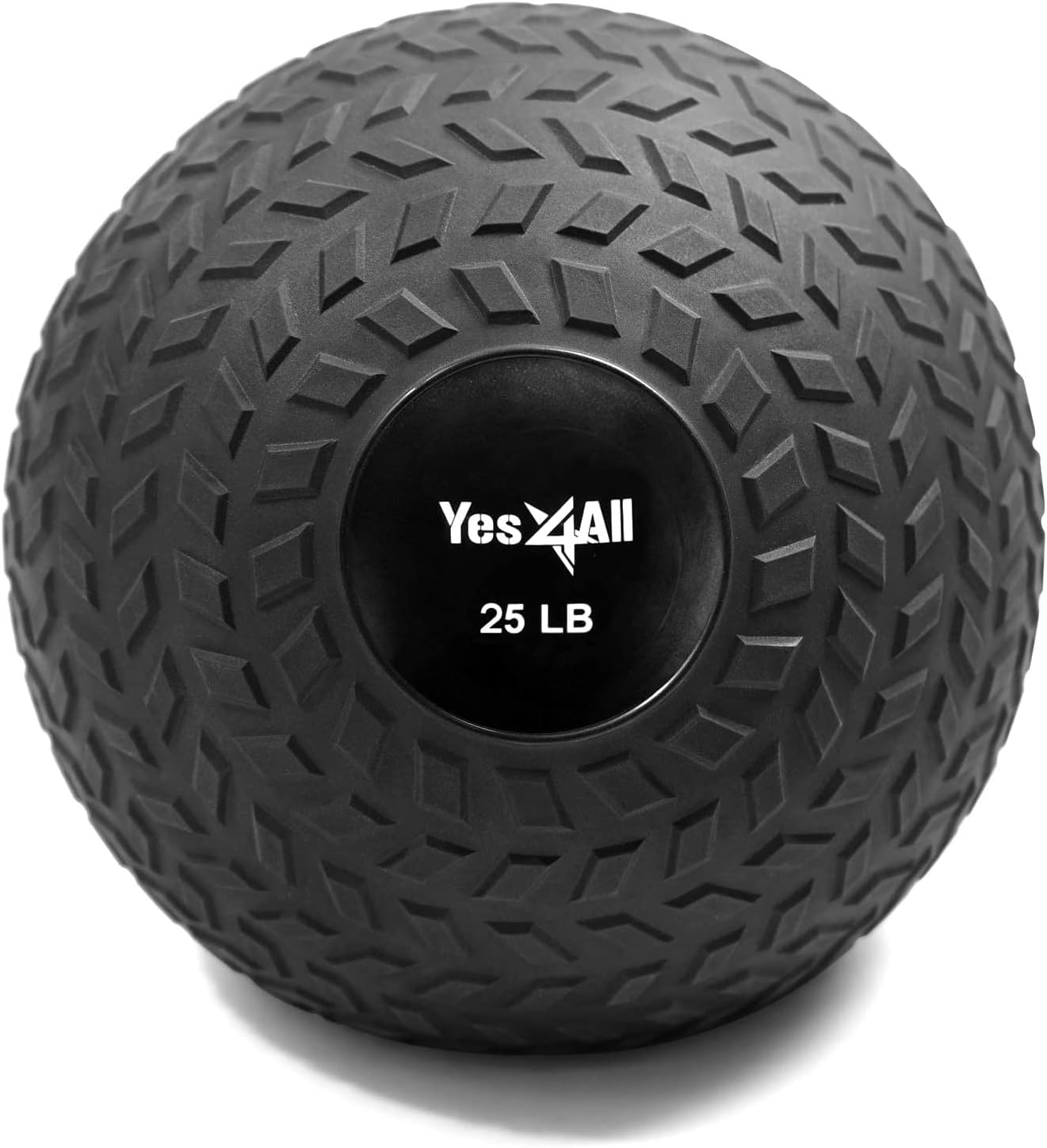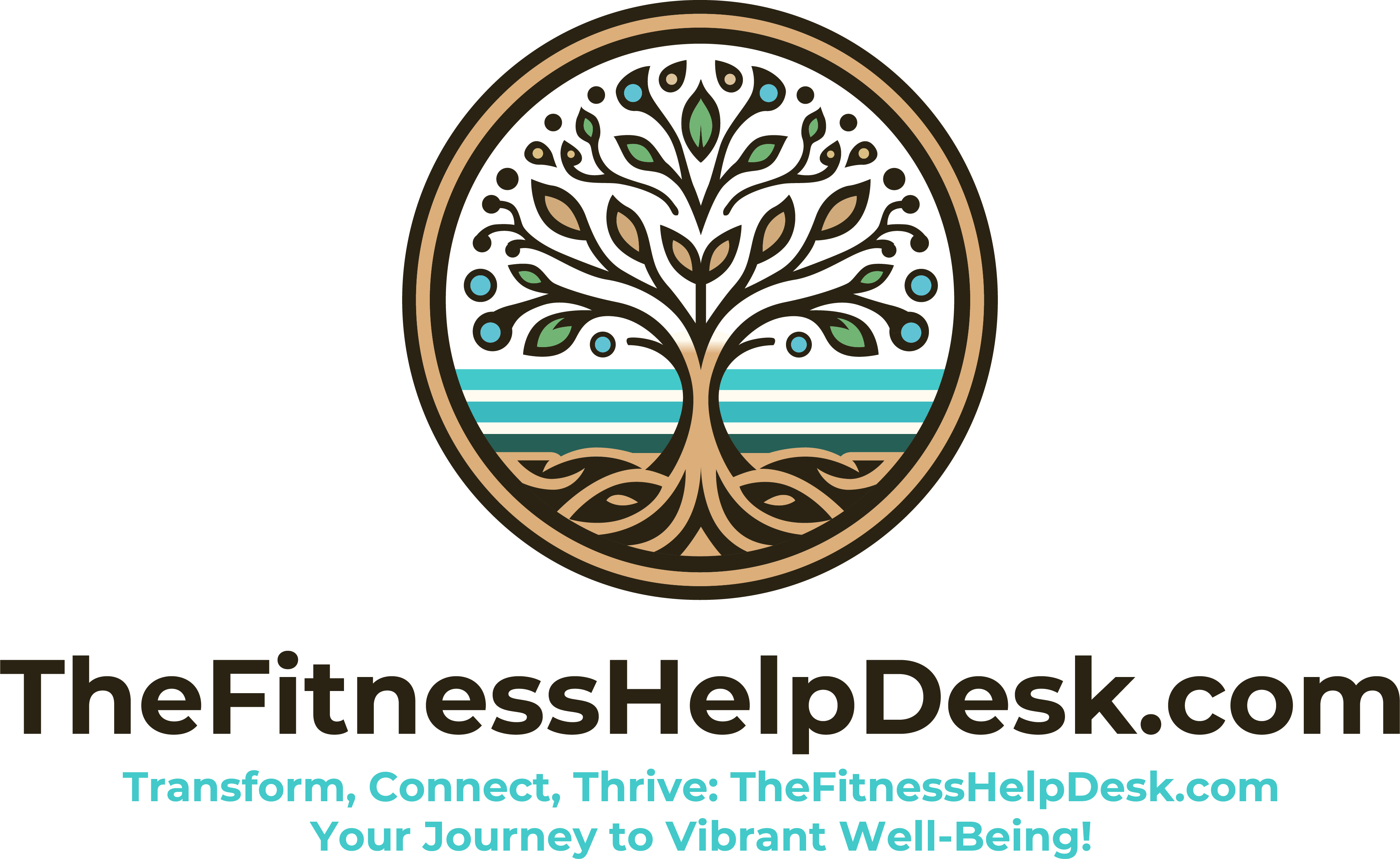As we age, maintaining balance becomes a key component of our overall health and independence. For seniors, especially those over 60, balance training is not just beneficial—it’s essential. By incorporating specific exercises into daily routines, seniors can significantly reduce their risk of falls, enhance mobility, and improve their quality of life. This comprehensive guide aims to provide seniors with the knowledge and tools needed to embark on a journey to better balance.
The Importance of Balance as We Age
Balance is the cornerstone of functional independence. It allows us to perform daily activities safely and efficiently. However, as we age, changes in our vision, inner ear balance, strength, and coordination can negatively affect our balance. This makes us more susceptible to falls, which are a leading cause of injury among seniors. Engaging in balance training can help counteract these age-related changes, improving stability and reducing the risk of falls.
Detailed Exercise Instructions for Enhanced Stability
Beginner Balance Exercises
- Chair Stands: Sit in a sturdy chair with your feet flat on the floor. Lean forward slightly and stand up without using your hands. Sit back down and repeat. Aim for 10 repetitions.
- Heel-to-Toe Walk: Place your heel directly in front of the toes of your opposite foot each time you take a step. Walk 20 steps in a straight line.
- Back Leg Raises: Stand behind a chair and lift one leg straight back without bending your knee or pointing your toes. Hold the position for a moment, then lower your leg. Perform 10 repetitions on each leg.
Intermediate Balance Exercises
- Side Leg Raises: Stand behind a chair and lift one leg to the side, keeping your back straight and toes facing forward. Hold the position for a moment, then lower your leg. Perform 10 repetitions on each leg.
- Balancing Wand: Hold a stick or cane in one hand and balance on one leg. Try to keep the stick upright for as long as possible. Switch hands and legs after 30 seconds.
Advanced Balance Exercises
- Single-Leg Balance with Movement: Stand on one leg and gently swing the other leg forward and back. Focus on maintaining your balance while the moving leg changes your center of gravity. Switch legs after 30 seconds.
- Tai Chi: This ancient martial art is excellent for balance, flexibility, and mental health. Consider joining a Tai Chi class designed for seniors.
Understanding Common Balance Challenges
Several factors contribute to balance issues in seniors, including medications, chronic conditions, and sensory decline. Recognizing these challenges is the first step in addressing them effectively.
Tips for Safe and Effective Balance Training
- Start Slowly: Begin with exercises that match your current fitness level.
- Use Support: Initially, perform exercises near a wall or a sturdy piece of furniture that you can hold onto for support.
- Stay Consistent: Regular practice is crucial. Aim to incorporate balance exercises into your daily routine.
The Role of Diet and Hydration
Nutrition plays a significant role in maintaining balance. A diet rich in calcium and vitamin D supports bone health, while staying hydrated helps prevent dizziness and dehydration—common causes of balance issues.
Mental Health and Social Activities
Balance training is not just a physical endeavor; it’s also mental. Engaging in social activities, puzzles, and games can improve cognitive function, which is closely tied to physical balance. Additionally, addressing anxiety and depression can enhance focus and motivation, further supporting balance training efforts.
Integrating Balance Training into Daily Life
- Make It Fun: Incorporate balance exercises into activities you enjoy, like dancing or gardening.
- Set Realistic Goals: Celebrate small achievements to stay motivated.
- Create a Supportive Environment: Involve friends or family members in your balance training routine for encouragement and accountability.
Conclusion
Investing time in balance training can significantly enhance your quality of life as a senior. By improving your stability, you’ll gain confidence in your ability to perform daily activities, reduce your risk of falls, and maintain your independence.
Take the Next Step with TheFitnessHelpDesk.com
At TheFitnessHelpDesk.com, we’re committed to supporting seniors in their journey to improved fitness and well-being. Our expert, certified trainers specialize in designing personalized fitness programs that cater to the unique needs of seniors. Book an appointment with us today to begin your path to better balance and a more active, independent life.

